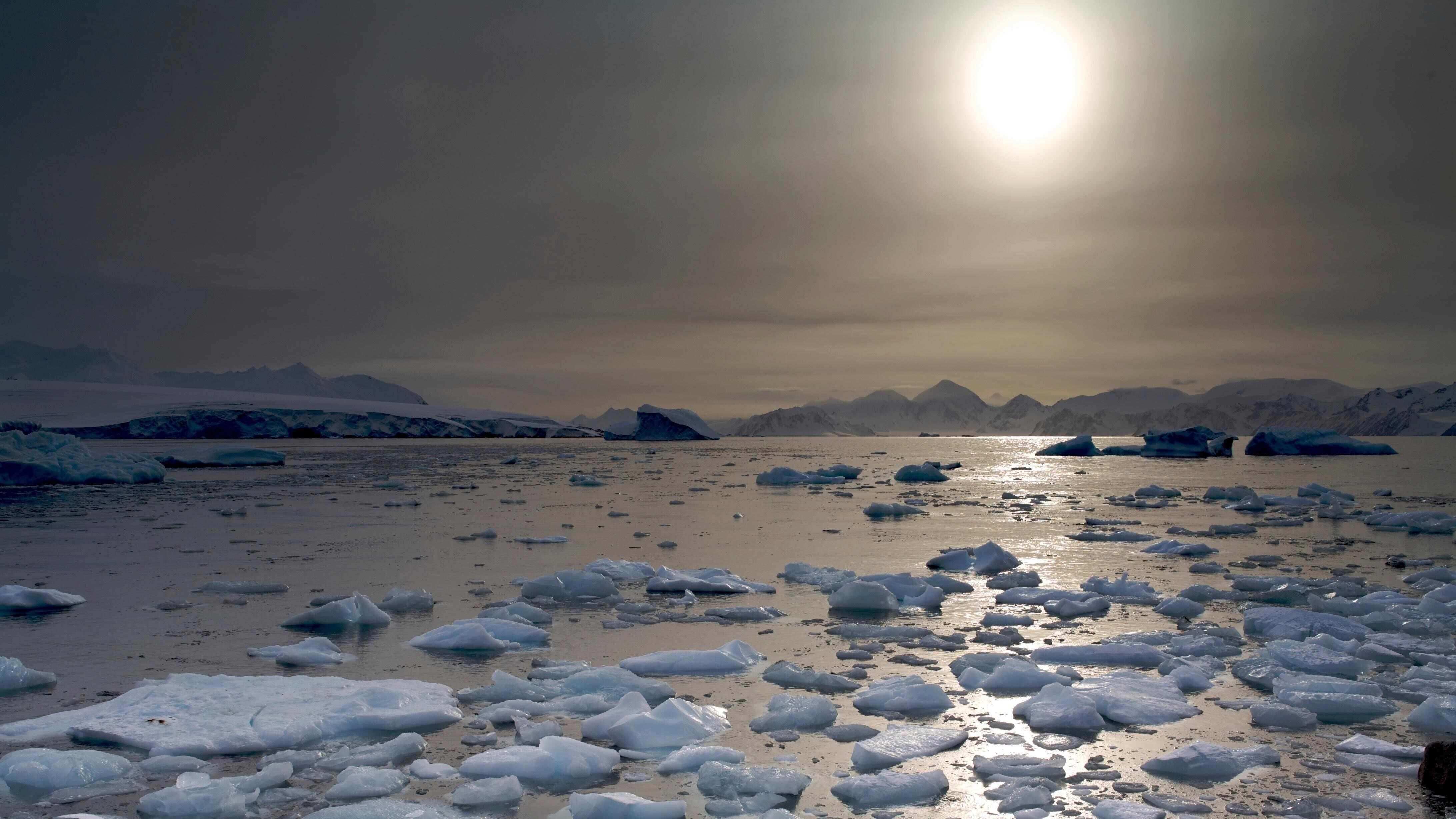
No matter how much the world cuts back on carbon emissions, a key and sizable chunk of Antarctica is essentially doomed to an “unavoidable” melt, a new study found.
Though the full melt will take hundreds of years, slowly adding nearly 1.8 meters to sea levels, it will be enough to reshape where and how people live in the future, the study’s lead author said.
Researchers used computer simulations to calculate future melting of protective ice shelves jutting over Antarctica’s Amundsen Sea in western Antarctica.
The study in journal Nature Climate Change found even if future warming was limited to just a few tenths of a degree more – an international goal that many scientists say is unlikely to be met – it would have “limited power to prevent ocean warming that could lead to the collapse of the West Antarctic Ice Sheet.”
“Our main question here was: How much control do we still have over ice shelf melting? How much melting can still be prevented by reducing emissions?” said study lead author Kaitlin Naughten, an oceanographer at the British Antarctic Survey. “Unfortunately, it’s not great news. Our simulations suggest that we are now committed to the rapid increase in the rate of ocean warming and ice shelf melting over the rest of the century.”
While past studies have talked about how dire the situation is, Naughten was the first to use computer simulations to study the key melting component of warm water melting ice from below, and the work looked at four different scenarios for how much carbon dioxide the world pumps into the atmosphere. In each case, ocean warming was just too much for this section of the ice sheet to survive, the study found.
Naughten looked at melting gatekeeper ice shelves, which float over the ocean in this area of Antarctica that is already below sea level. Once these ice shelves melt, there’s nothing to stop the glaciers behind them from flowing into the sea.
Naughten’s study concentrated on the part of the West Antarctic Ice Sheet that is most at risk from melting from below, near the Amundsen Sea. It includes the massive Thwaites ice shelf that is melting so fast it got the nickname “the Doomsday Glacier.” West Antarctica is only one-tenth of the southern continent but is more unstable than the larger eastern side.